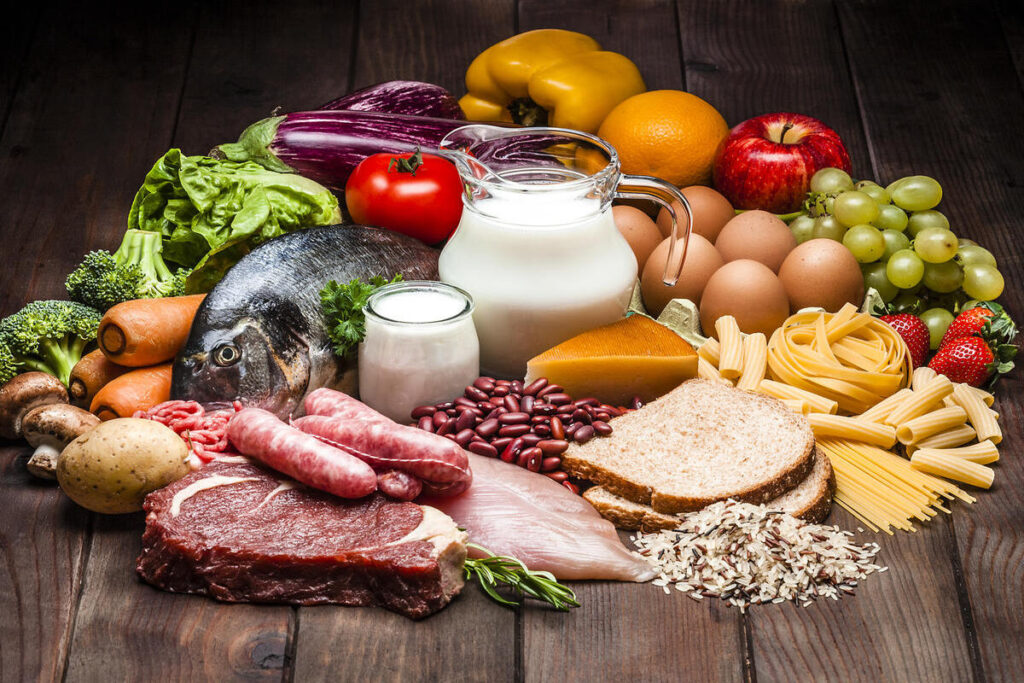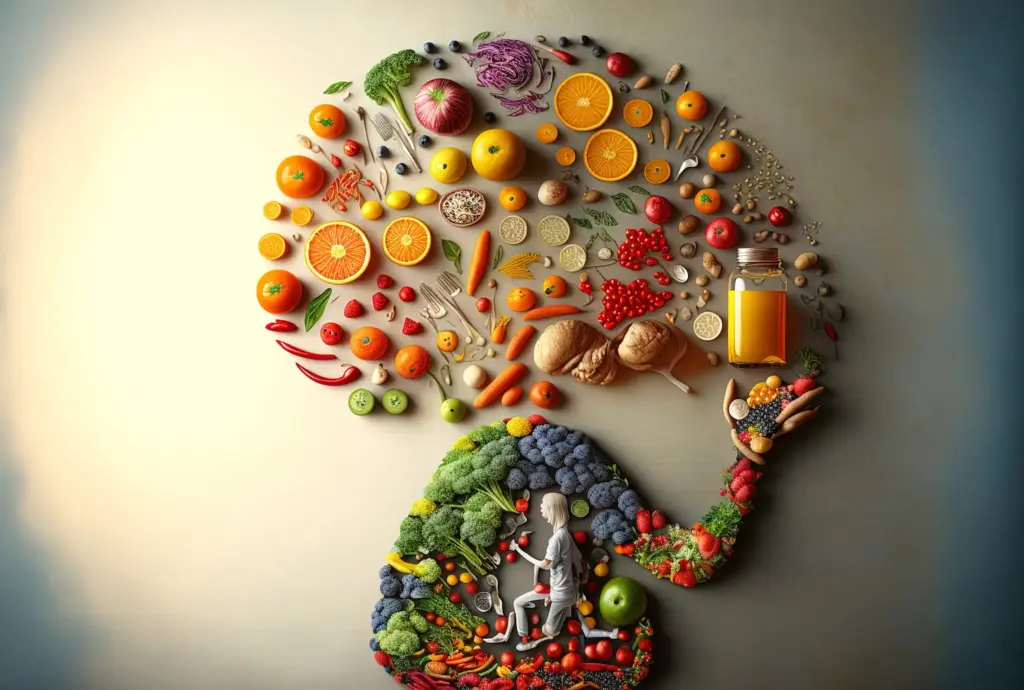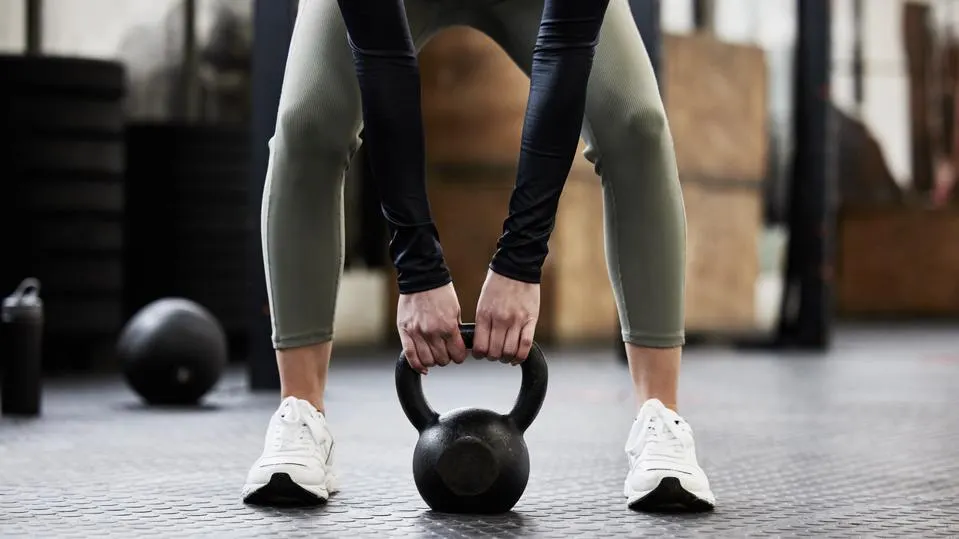Understanding Weight Loss
Weight loss involves the reduction of total body mass, primarily by decreasing body fat, muscle mass, and fluid retention. The key to effective weight loss is creating a calorie deficit, where the number of calories consumed is less than the number of calories burned. It’s essential to approach weight loss with realistic goals and a sustainable mindset to ensure long-term success and avoid potential health risks.Effective weight loss involves a combination of healthy eating, regular physical activity, and positive lifestyle changes. By setting realistic goals, avoiding common pitfalls, and focusing on sustainable strategies, you can achieve and maintain a healthy weight. Remember, the journey to weight loss is unique to each individual, and it’s important to find a balance that works for you. Celebrate your progress, stay motivated, and seek support when needed to ensure long-term success.
Healthy Eating Habits
Balanced Diet
- Incorporate All Food Groups: Ensure your diet includes a variety of foods from all the major food groups: fruits, vegetables, whole grains, lean proteins, and healthy fats. This ensures you get the necessary nutrients while keeping calories in check.
- Portion Control: Being mindful of portion sizes helps prevent overeating. Use smaller plates and measure servings to avoid consuming extra calories.
- Nutrient-Dense Foods: Focus on foods that are rich in nutrients but low in calories. Choose vegetables, fruits, lean meats, whole grains, and low-fat dairy products.


Mindful Eating
- Eat Slowly: Taking time to eat allows your body to recognize when it’s full, preventing overeating.
- Avoid Distractions: Eating in front of the TV or computer can lead to mindless eating. Focus on your meal to better enjoy it and recognize fullness cues.
- Listen to Your Body: Pay attention to hunger and fullness signals. Eat when you’re hungry and stop when you’re satisfied, not necessarily when your plate is empty.
Exercise and Physical Activity
Regular Exercise
- Cardiovascular Exercise: Aim for at least 150 minutes of moderate-intensity cardio (like brisk walking, cycling, or swimming) or 75 minutes of high-intensity cardio (like running or aerobics) each week. Cardiovascular exercises help burn calories and improve heart health.
- Strength Training: Include strength training exercises at least twice a week. Building muscle mass helps increase your resting metabolic rate, allowing you to burn more calories even at rest.
- Active Lifestyle: Incorporate physical activity into your daily routine. Take the stairs instead of the elevator, walk or bike to work, and engage in active hobbies like gardening or dancing.


Finding Enjoyable Activities
- Variety: Mix different types of exercises to keep your routine interesting and engage different muscle groups.
- Social Exercise: Join group classes, sports teams, or find a workout buddy to stay motivated and make exercise more enjoyable.
- Setting Goals: Set specific, achievable fitness goals to track your progress and stay motivated. Celebrate small milestones along the way.
25 Superfoods for Weight Loss
Incorporating certain superfoods into your diet can support your weight loss goals and promote optimal health. Here are 25 superfoods known for their beneficial properties:
- Black Beans: Unlike red meat, black beans are free of saturated fats and provide 15 grams of protein per serving. They are rich in polyphenols, potent antioxidants that contribute to overall health.
- Salmon: Salmon is an excellent source of healthy polyunsaturated fats, which are beneficial for your body. Unlike saturated fats found in many meats and dairy products, these fats support weight loss efforts.
- Oats: Oats contain beta-glucan, a type of soluble fiber that improves insulin resistance, reduces food cravings, and aids in abdominal fat loss.
- Avocado: Rich in monounsaturated fatty acids (MUFAs), avocados help keep you full, promote weight loss, and reduce body inflammation.
- Yogurt: Yogurt contains probiotics, which foster healthy gut bacteria, enhancing metabolism and aiding in weight loss. It is both satisfying and nutritious.
- Barley: Barley is high in soluble fiber and resistant starch, a prebiotic that promotes healthy gut bacteria. It slows digestion, lowers blood glucose levels, and helps with weight loss by keeping you full longer.
- Blueberries: High in flavonoids and anthocyanins, blueberries are low in calories and sugar. They protect against obesity and cell damage while providing substantial nutritional benefits.
- Red Bell Pepper: Rich in vitamin C, red bell peppers support immune health and combat belly fat, providing three times the recommended daily intake of vitamin C.
- Apples: Apples are high in fiber, particularly pectin, which slows digestion and helps you feel full longer. They also moderate blood sugar absorption.
- Broccoli: This cruciferous vegetable is high in fiber, aiding weight loss and blood sugar maintenance. It is also believed to reduce tumor growth and lower cancer risk.
- Edamame: Low in calories and high in nutrients and fiber, edamame makes a great snack or side dish that helps keep you full longer.
- Flaxseed: Rich in ligans, fiber, and omega-3 fatty acids, flaxseed fights inflammation, reduces metabolic syndrome, lowers cholesterol, and decreases waist circumference.
- Capsaicin: Found in chili powder, curry powder, and cayenne pepper, capsaicin suppresses inflammation, reduces appetite, and boosts metabolism.
- Almonds: Almonds are low in calories and contain a mix of plant protein, healthy fats, and fiber, all of which help delay hunger and support weight loss.
- Diluted Vinegar: Vinegar, particularly its acetic acid component, may boost metabolism and aid fat metabolism, although more research is needed.
- Cardamom: This spice has numerous health benefits, including reducing inflammation and countering the effects of unhealthy diets.
- Green Tea: Rich in polyphenols, green tea fights cell inflammation and damage, lowers cholesterol and blood pressure, and aids weight loss.
- Raspberries: Full of vitamins, fiber, and nutrients, raspberries promote fullness and support immune health with their high vitamin C content.
- Dark Chocolate: High in flavanols, dark chocolate improves blood flow, lowers blood pressure, and reduces insulin resistance. The darker the chocolate, the better the health benefits.
- Egg Whites: Low in calories and high in protein, egg whites help create a calorie deficit, reducing body fat.
- Asparagus: This fiber-rich vegetable helps you stay fuller longer, acts as a diuretic to reduce bloating, and is high in potassium.
- Baked Potato: Potatoes are high in potassium, which supports healthy blood pressure, and fiber, which helps keep you full.
- Popcorn: Air-popped popcorn is a low-calorie whole grain that, when not topped with excess butter, helps burn more calories and reduce body fat.
- Spinach: Low in carbs and calories, spinach is rich in vitamins and contains plant chemicals that suppress appetite.
- Quinoa: High in plant-based proteins, quinoa promotes fullness, decreases appetite, and aids in reducing belly fat. It pairs well with other superfoods, such as stuffed bell peppers.
